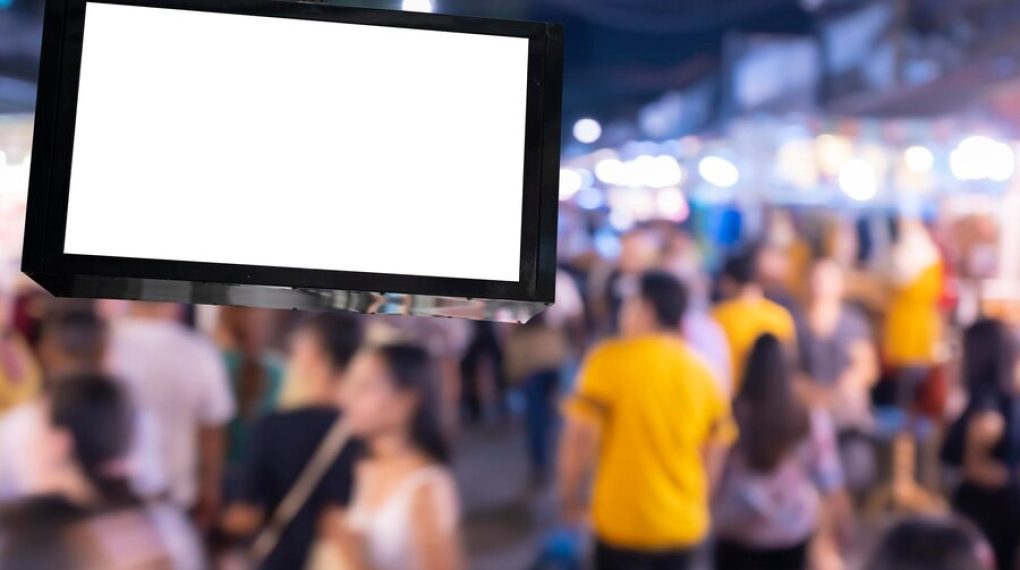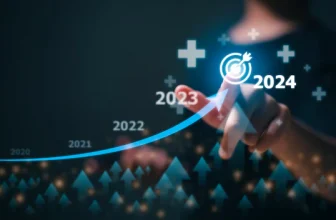
Programmatic advertising is a form of digital advertising that uses automation to purchase display ads. It involves using software to buy and place ads rather than manually negotiating ad placements.
As third-party cookies become less prevalent, people are wondering what this means for the future of programmatic advertising. But even as the industry evolves, programmatic advertising will continue to be vital in digital marketing.
In fact, programmatic ad spending by US advertisers hit $106 billion in 2021, a 41% increase from the previous year. And according to eMarketer, that number is expected to rise to $123.2 billion in 2022.
So, what programmatic advertising trends can we expect to see in the coming year?
1. Using Consumer Interests And Permissions To Tailor Ads
In the past, programmatic advertising used tracking cookies to watch what people do online and show ads based on their interests. But now, new laws make it harder to use cookies to watch people. Because of this, programmatic advertising needs to find new ways to show ads to the right people.
One way is to use information about people’s interests to group them together and show them ads. Another way is to ask people for their permission to use their information to show them ads. As programmatic advertising changes, the amount of available data may drop, but the data quality will likely improve.
2. Connected Tv Grows In Popularity

During the COVID-19 pandemic, more people than ever before started paying for streaming services like Apple TV+ and Netflix, leading to a 41.2% increase in streaming revenue in the US in 2020.
This change in media habits gave businesses the opportunity to take TV advertising to another level by leveraging television advertising on demand, also known as Connected TV advertising. Now, Connected TV programmatic display ad spending in the United States is expected to increase from $6.93 billion in 2021 to $8.88 billion in 2022.
Although CTV programmatic display advertising is still a new trend, those in the advertising industry who start preparing now will have an advantage in the future.
3. Digital Out-Of-Home (Dooh) Ads Gaining Traction

With more people on the move again after the COVID-19 pandemic, programmatic digital out-of-home (DOOH) advertising is expected to become more popular. This type of advertising uses electronic displays in public places to show ads.
In the US, DOOH ad spending is expected to reach $2.58 billion in 2022, and programmatic strategies will likely make up a bigger share of that spending in the future.
Programmatic DOOH has a lot of benefits, like being able to reach a lot of people, not being blocked by ad blockers, and not being too intrusive. In addition, brands that use this kind of programmatic advertising can create memorable and eye-catching experiences for customers.
4. Contextual Advertising Still On The Rise

Contextual advertising is a simple way to show ads based on the context of a website rather than a person’s online behavior. This advertising method may become more critical as the use of cookies decreases. People are tired of seeing ads that are irrelevant to them or in the wrong places, leading to a phenomenon called banner blindness.
To improve the ad experience, advertisers need to use more relevant and personalized ads in the right context. Keep an eye on contextual advertising as it continues to grow in importance in the world of programmatic advertising.
5. Companies Handling Their Programmatic Advertising In-House
In the past, only a small number of businesses handled their own programmatic ad buying. Fast forward to today, and things are looking very different. This shift has been driven by companies’ desire for increased transparency in the programmatic process, so they can better tailor their marketing strategies. But that’s not all.
In-housing programmatic campaigns can also lead to cost savings and improved resource efficiency. By eliminating the expenses of third-party management and data handling, companies can reinvest more in active marketing campaigns, potentially resulting in a higher return on ad spend (ROAS).
6. Video Ads Still Leading The Way

Video ad spending is increasing yearly because more people are watching videos online. In fact, it’s estimated that 82% of internet traffic will be video in 2023. As a result, US advertisers are expected to spend nearly $43 billion on programmatic video advertising in 2022, up from about $36 billion in 2021.
Video is the most popular type of media for high-impact display ads, and programmatic video spending in the US is expected to make up the majority of total programmatic digital display spending this year. In other words, automated video ad buying has become the norm for distributing digital video commercials.
Wrapping Up
Programmatic advertising allows marketers to target their campaigns using automated systems. It helps them reach desirable markets and demographics and discover new opportunities using data. If you’re not already using programmatic ads, you’re missing out on the chance to save money and improve the results of your online advertising campaigns. So why not make the jump?
Additional:






